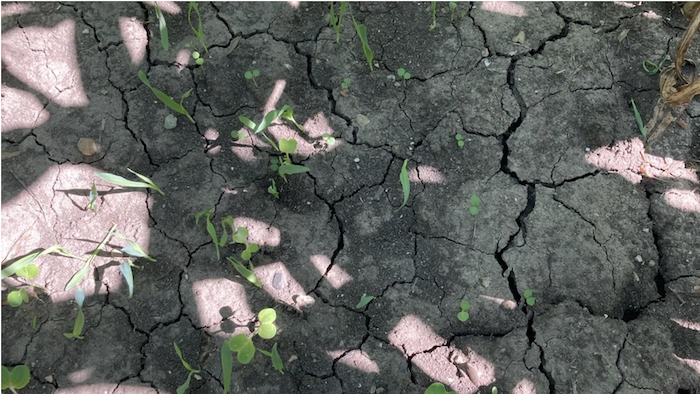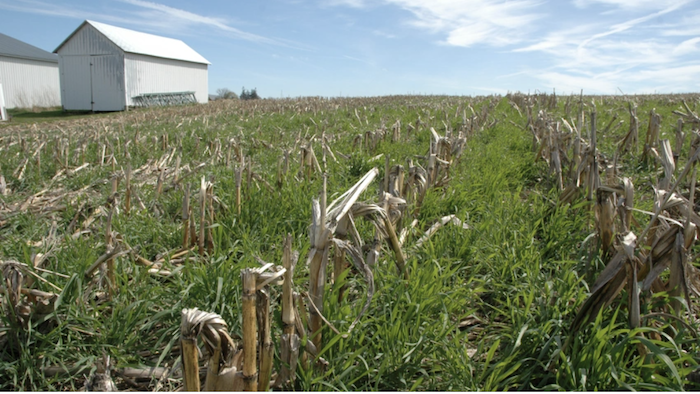
START EARLY: These cover crops are up and going, growing along with corn. This photo was taken in a field in Adams County, Ind., where cover crop species were interseeded into small growing corn.

END GAME: Here is what no-tillers who use cover crops like to see in the fall after harvest. Some find it’s easier to get to this point by interseeding cover crops early in the growing season. PHOTOS COURTESY OF NRCS

START EARLY: These cover crops are up and going, growing along with corn. This photo was taken in a field in Adams County, Ind., where cover crop species were interseeded into small growing corn.
Post a comment
Report Abusive Comment